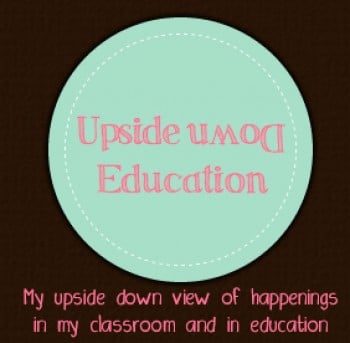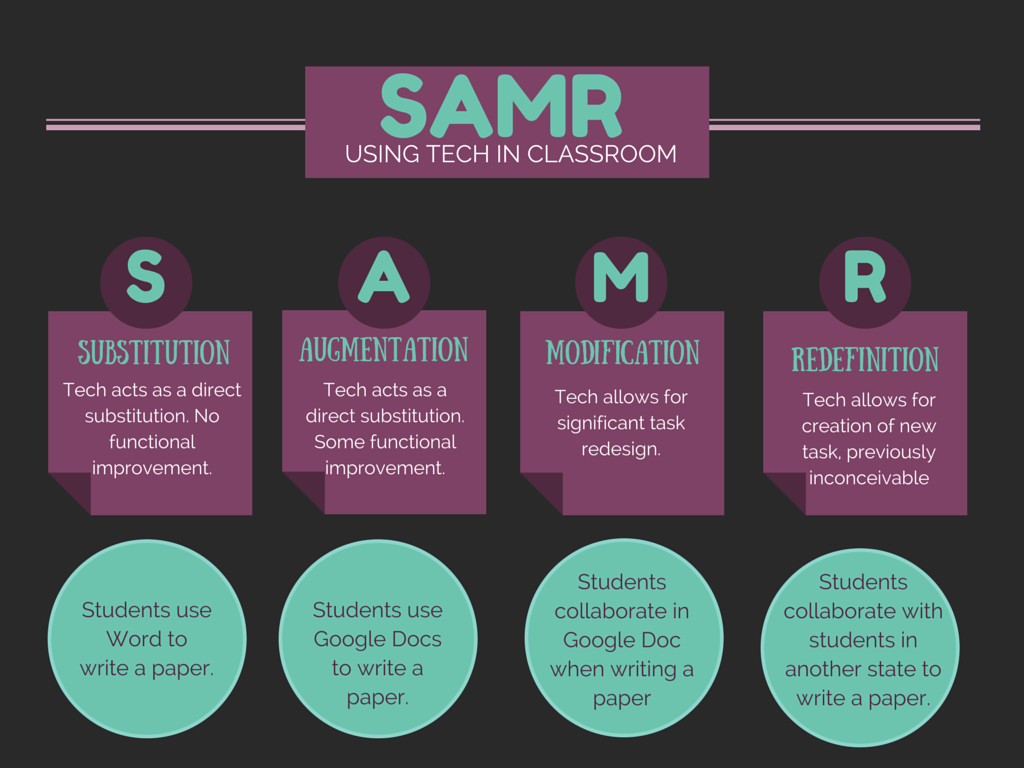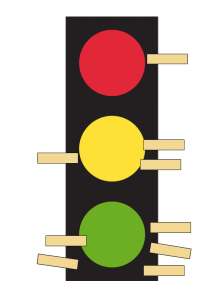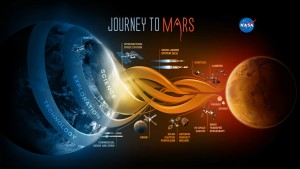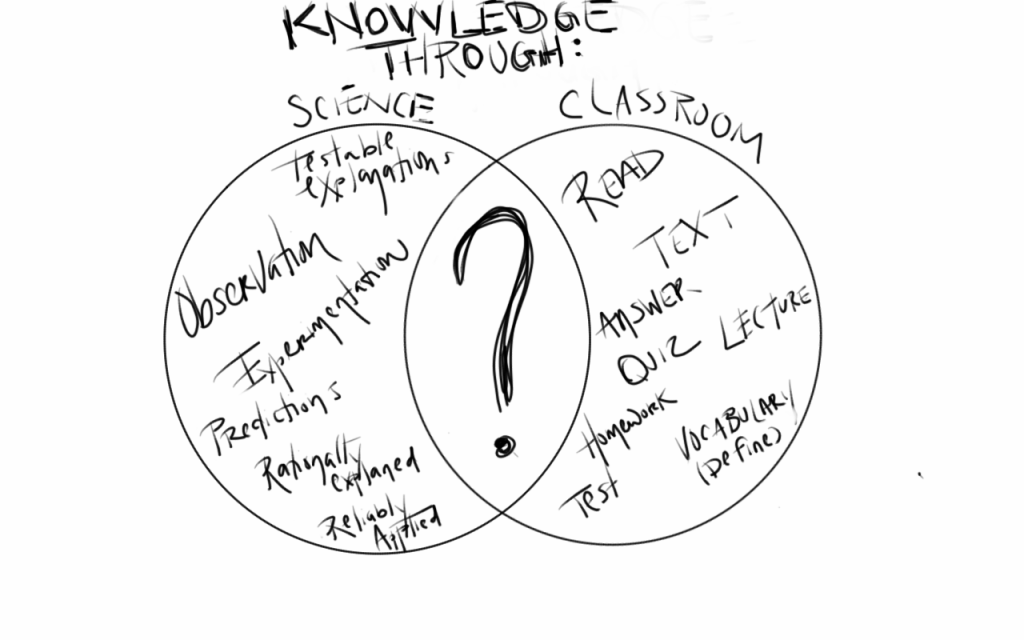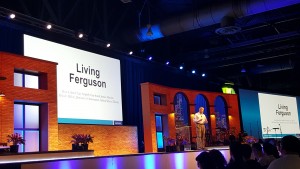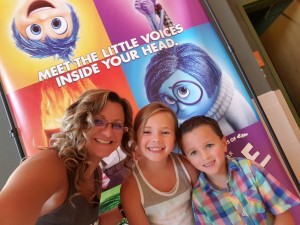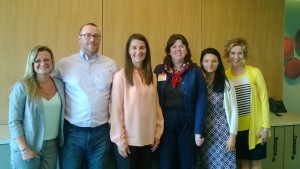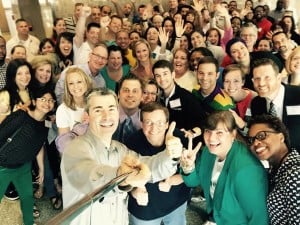I spend a lot of time talking to teachers about STEM and PBL. When we go through that process, I can usually almost predict what they will grasp onto and what they will shy away from. Teachers usually get really excited about the project part, the hands on math and science part. On the flip side they usually hate the idea of the “engineering” process. Mostly because it sounds scary. Engineers have a stereotype, one that STEM ambassadors like me are always trying to get rid of. To get them to understand the process and the ease of it, I usually have them do projects that involve it. But when they go back into the classroom I always worry if they have their kids prototyping or asking questions. For months I have been looking for materials that will help them not only get over the fear of “engineering process” but something they can go back to when planning lessons and units. I haven’t found much that would be helpful or not overwhelming.
During this search I was contacted by BloomBoard. They asked if I would be interested in a blogging campaign they are doing, I decided to check out their site. I loved it. BloomBoard is a place where educators can learn, share, and discuss the best teaching ideas to solve everyday classroom challenges and improve their practice. They have these Collections that teachers have curated based on different topics. I am joining over 20 other bloggers throughout the month of February, sharing Collections of learning resources on their blog and writing about how that Collection powers their practice. The Collections will either be ones the bloggers have curated themselves around a topic of interest or expertise, or just a favorite of theirs from the new BloomBoard.
The content at BloomBoard is high quality and easy to search through. I like that I can search my topic, and the topics are beyond just “math.” Topics that are part of today’s education world, for example: Educating the Whole Child, Critical Thinking, and Increasing Engagement. Good stuff, right? You can even earn “micro-credentials” that some districts would even count for PD credit.
So back to “engineering process.” As I was searching the site, I immediately looked up “STEM” and “PBL” as a topic. I came across this Engineering Can Be Easy collection. The resources are fantastic. The links in there have “Teaching NGSS Engineering Design Through Media” from PBS, Teach Engineering, which is a favorite site of mine, that has lessons for days, and others that are geared to elementary classrooms and even teachers. Putting these resources into one place, and having resources that are actually helpful, is wonderful and I am excited to share. I also loved how it was not overwhelming and it was easy for me to pick and choose what I wanted to look at.
If you are looking for STEM ideas, I recommend starting with this collection, then browse around the site! Also, check out the BloomBoard Blog every Monday in February for the week’s schedule of bloggers and follow along daily on BloomBoard’s Facebook and Twitter.
The next blogger is the series is Ariana Morrow atTeachers42morrow. She is a a special education teacher in Texas. She has taught students with learning disabilities, emotional disturbances, autism and other cognitive disabilities at both the elementary and middle school levels, delivered through co-teach, self-contained, redirect and alternative learning environment (also called specialized support) settings and models.
Every year that she has taught, she has been rated “Exceeds Standards” by the Texas Professional Development Appraisal System. She was a featured teacher in the Online Training Module for the Low Incidence Statewide Network, being honored with the opportunity to share successful classroom systems with other teachers in the state of Texas who work with students with low incidents disabilities. She teaches adult education classes on lesson planning, behavior management, year-long pacing calendars, scheduling, curriculum accommodations, data collection, time management and organization for special education classrooms. I’m currently creating a Down Syndrome 101 webinar for the Statewide Low Inccidents Disabilities Network, and she is updating and expanding the Monthly Instructional Guides for Region 3.
